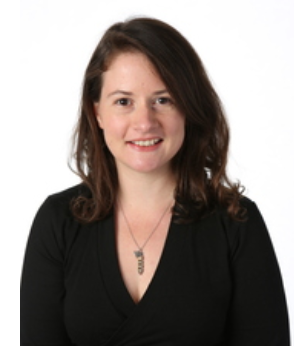
Emily Remnant
I am a geneticist and evolutionary biologist investigating how insects respond to changes in their environment. I use genetics and genomics to study genes involved in resistance to chemical insecticides, and to investigate the impact of viral diseases on beneficial insects like honey bees. I use laboratory and bioinformatics techniques including next generation sequencing, metagenomics, and controlled lab experiments with insects along with field collections, to understand the molecular basis of evolution.
Email: Dr Emily Remnant
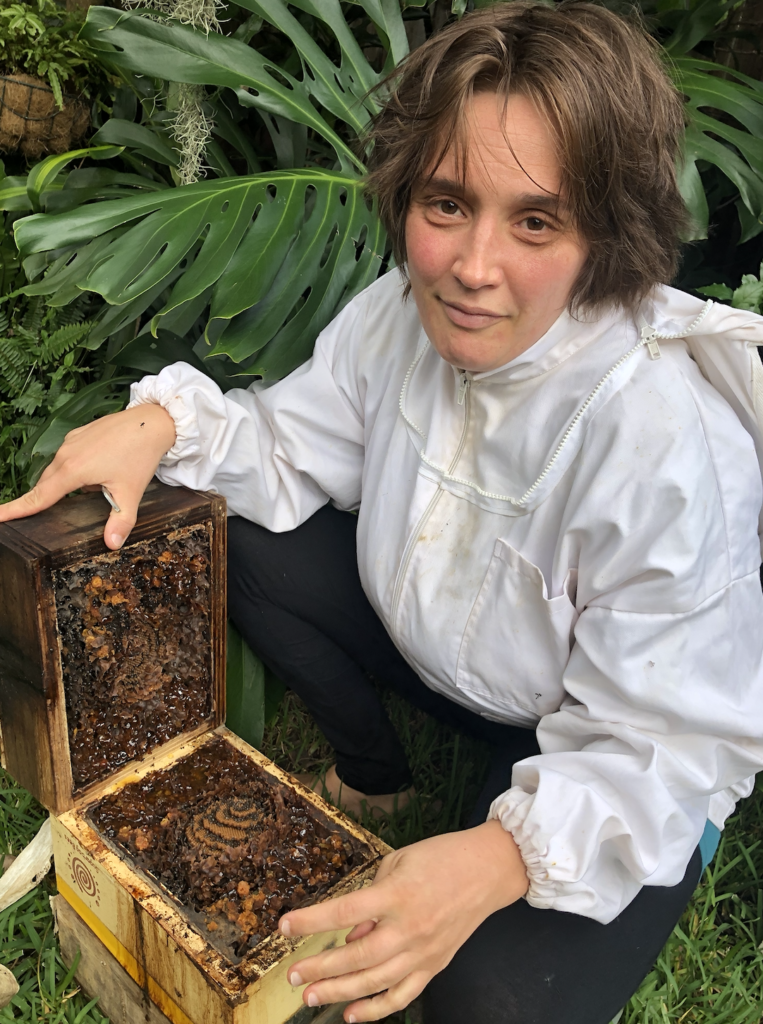
Ros Gloag
I am an evolutionary ecologist interested in understanding the processes that generate and maintain earth’s biodiversity at both macro and molecular levels. My research spans fundamental and applied biology, and aims to advance basic science in ways that also help address challenges associated with climate change, invasive species and pollinator conservation. I use field studies, molecular ecology approaches, and population genetics and genomics.
I hold a USYD Robinson Fellowship (2023-2026) and ARC DECRA Fellowship researching the genetics and ecology of Australian stingless bees (2022-2026).
Email: Dr Ros Gloag
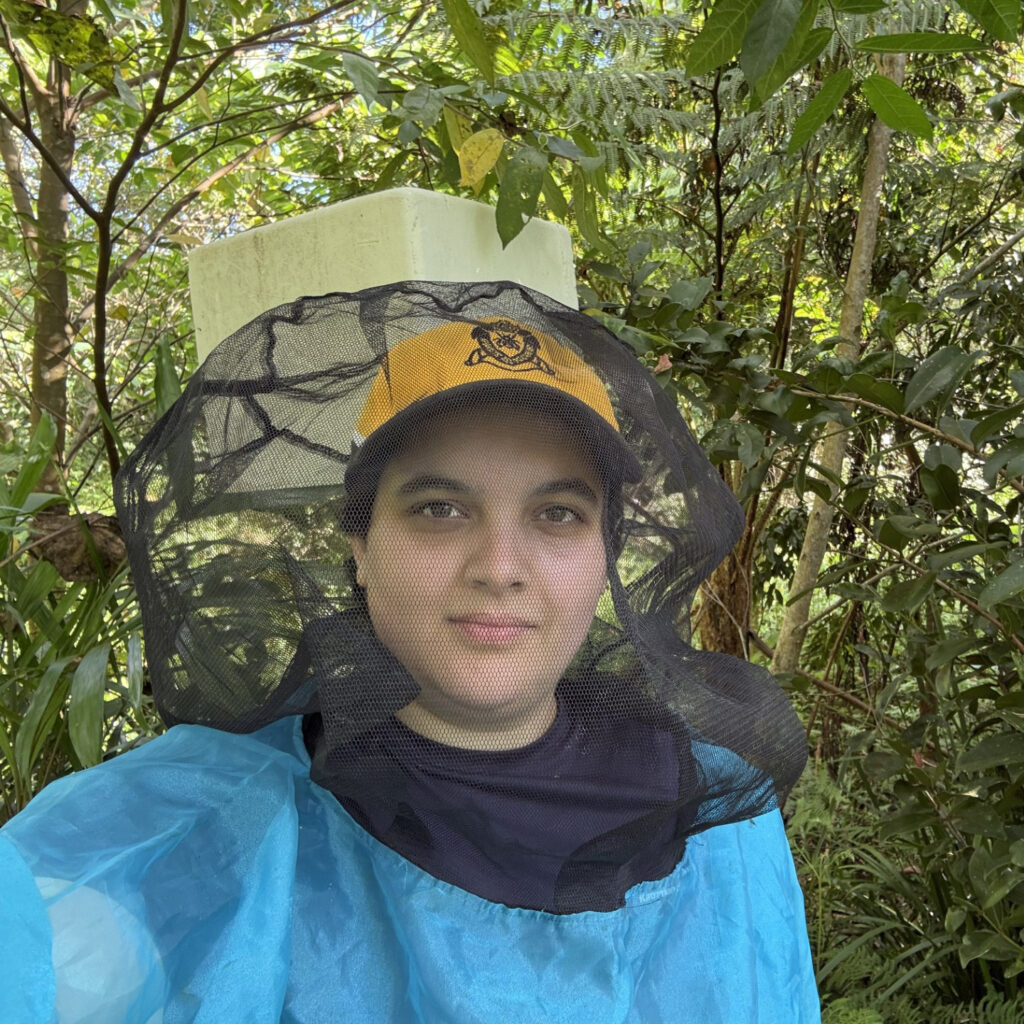
Kenya Fernandes
I’m a microbiologist studying how microbes influence the health of our environment, pollinators, and people. My research focuses on the interactions between bees and microbes, and how these relationships affect pollinator survival, ecosystems, and food security. Honey is central to my work, both for its antimicrobial and medicinal properties and its crucial role in bee health. I’m particularly interested in our native bees, their vital role in maintaining biodiversity, and the traditional medicinal use of their honey by Indigenous communities.
Beyond the lab, I’m passionate about making science exciting and accessible to everyone. I love sharing my discoveries, engaging with the public, and raising awareness about Australia’s incredible native species. Through storytelling and outreach, I hope to inspire people to appreciate and protect our rich biodiversity.
I hold an ARC DECRA Fellowship researching interactions between fungi and bees (2025-2028).
See my personal website here
Email: Dr Kenya Fernandes
Research Assistants and Postdoctoral Associates
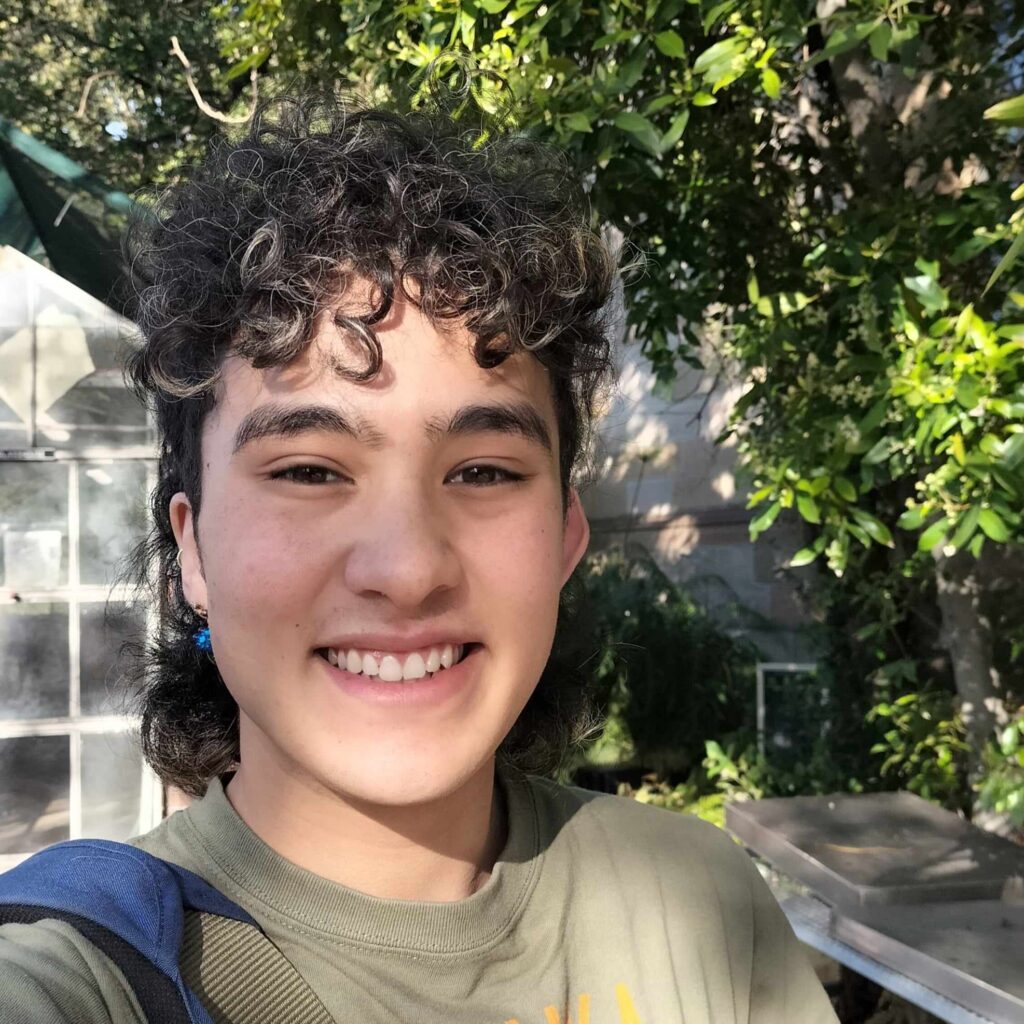
Reilly Seet
Reilly is a Research Assistant, who recently completed Honours under the supervision of Ros Gloag and Nathan Lo. They studied the life history and distribution of the parasitoid wasp Syntretus trigonaphagus and the behavioural impact they have on their stingless bee host species, Tetragonula carbonaria.
Email: Reilly Seet
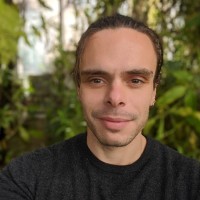
Michael Holmes
Michael is a behavioural ecologist who has worked on numerous aspects of honey bee biology throughout his career. Michael received his PhD from the University of Sydney in 2014, during which he studied reproductive parasitism in the Asian honey bee Apis cerana. He has since worked in a variety of roles in industry and research, including pollination biology and biosecurity.
Currently, Michael works at the Australian National University as the project manager for the Australian Honey Bee Colony Loss Survey. This nationwide survey will gather data about the factors driving colony losses, both varroa-related and otherwise, to allow industry to assess the impacts of varroa on Australian beekeeping businesses.
Email: Michael Holmes
Postgraduate Research Students
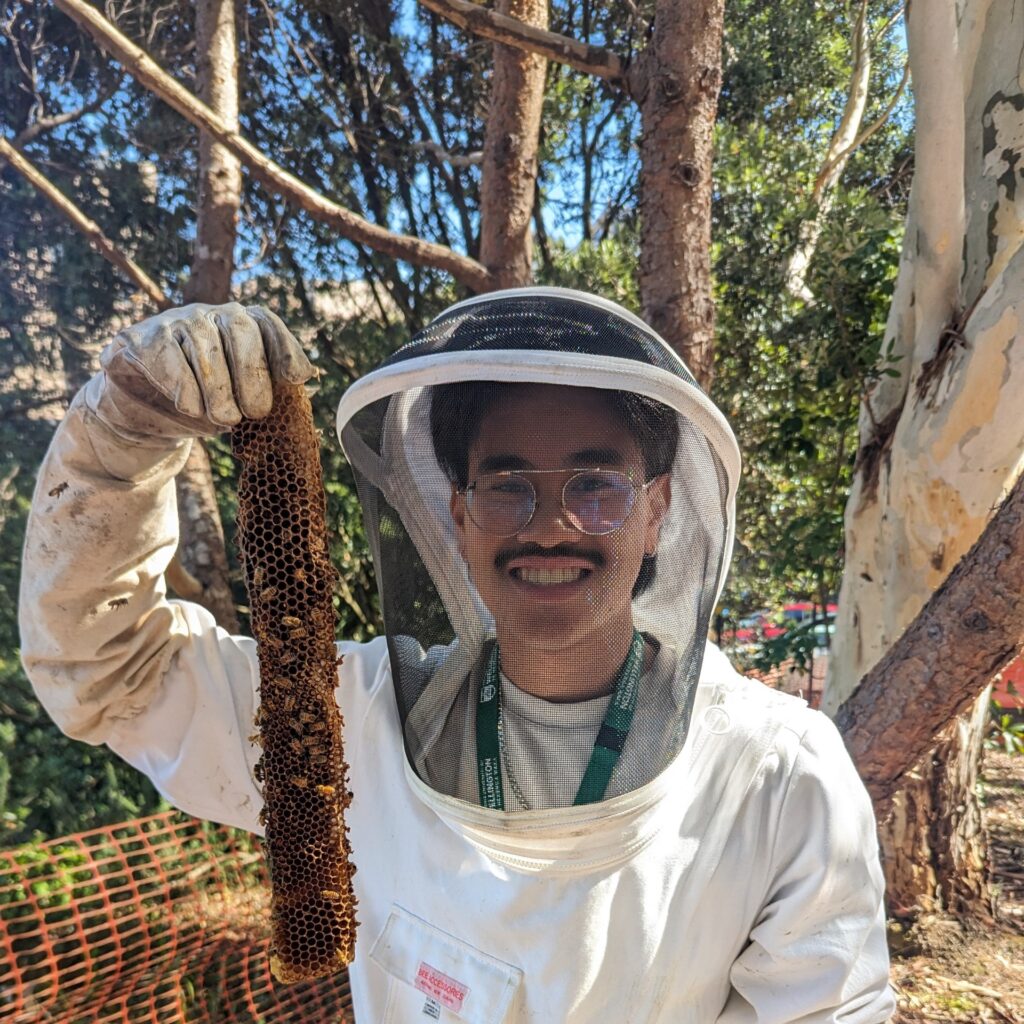
James Damayo
Project: Diverse antiviral RNA interference pathways reveal the host-specificity of viruses in Varroa destructor and Apis mellifera
Supervisors: Emily Remnant, Alyson Ashe
James’ project focuses on using RNA interference (RNAi) to identify the host specificity of replicating viruses in the parasitic mite Varroa destructor, and its honey bee host, Apis mellifera. He also is investigating the molecular mechanisms of Varroa destructor‘s antiviral immune system with RNAi knockdowns.
James completed his Honours with the BEE lab in 2022, where his thesis identified replicating viruses in Varroa with RNAi (paper here).
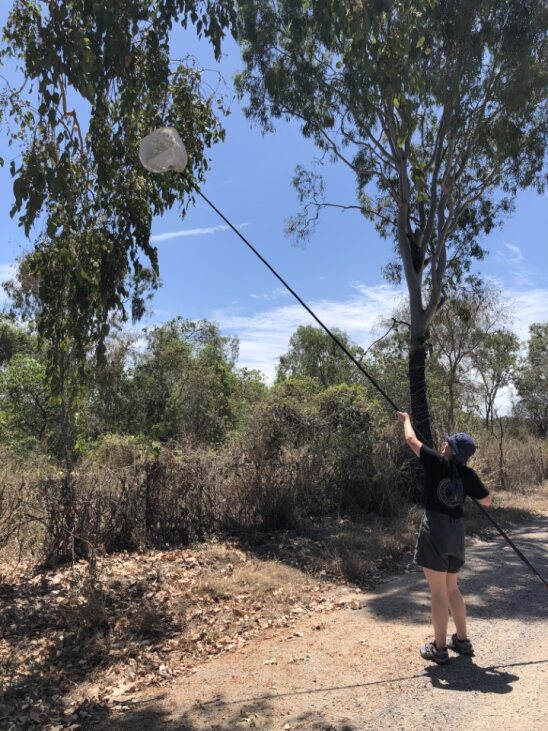
Genevieve Law
Project: Mitonuclear incompatibilities in Australian stingless bees
Supervisors: Ros Gloag, Nathan Lo, James Hereward (UQ)
Genevieve’s project investigates whether the theory of mitonuclear coevolution can help explain patterns of speciation and genetic divergence in Australian stingless bees.
Genevieve completed her Honours with the BEE Lab in 2022, where her thesis resolved the population genetic structure of the Australian bee Tetragonula hockingsi (paper here).
Email: Geneveive Law
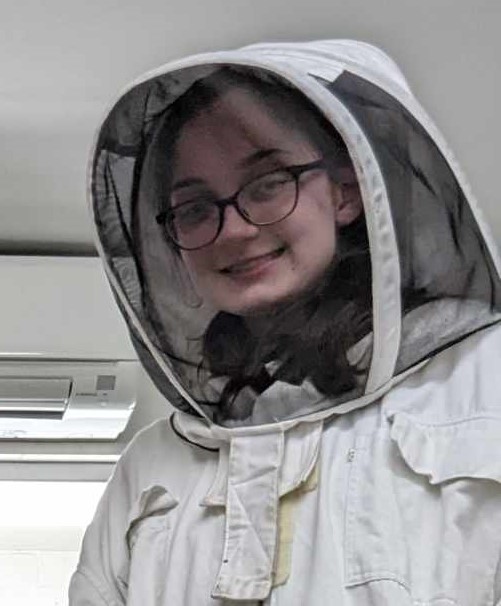
Rebecca McKee
Project: The role of miRNA in the biology and development of the honey bee mite Varroa destructor
Supervisors: Emily Remnant, Alyson Ashe
Rebecca’s project investigates the relationship between honey bees and Varroa and the roles that parasite miRNAs can play in host manipulation for parasite advantage. She will also investigate the function of Varroa miRNAs and whether they may be candidate targets for Varroa control.
She completed her Honours project in 2022 with the BEE Lab, characterising the miRNAs (short RNA regulators of gene expression) of Varroa destructor.
Email: Rebecca McKee
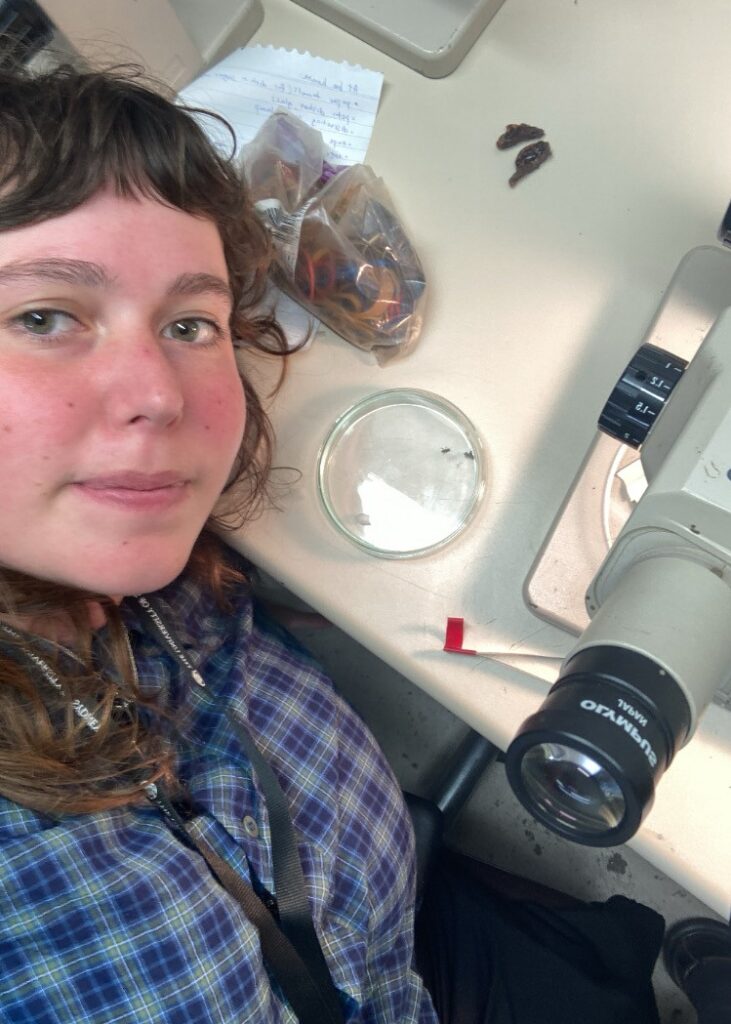
Georgie Brennan
Project: The evolutionary ecology of generalist pollination systems in Australian native flora
Supervisors: Ros Gloag, Thomas White
Georgie’s project investigates how the behaviour of diverse animals on flowers, including interactions between different flower-visiting species, can impact pollination.
She completed her Honours project in 2023 with the BEE Lab, demonstrating that male stingless bees are effective vectors of pollen.
Email: Georgie Brennan
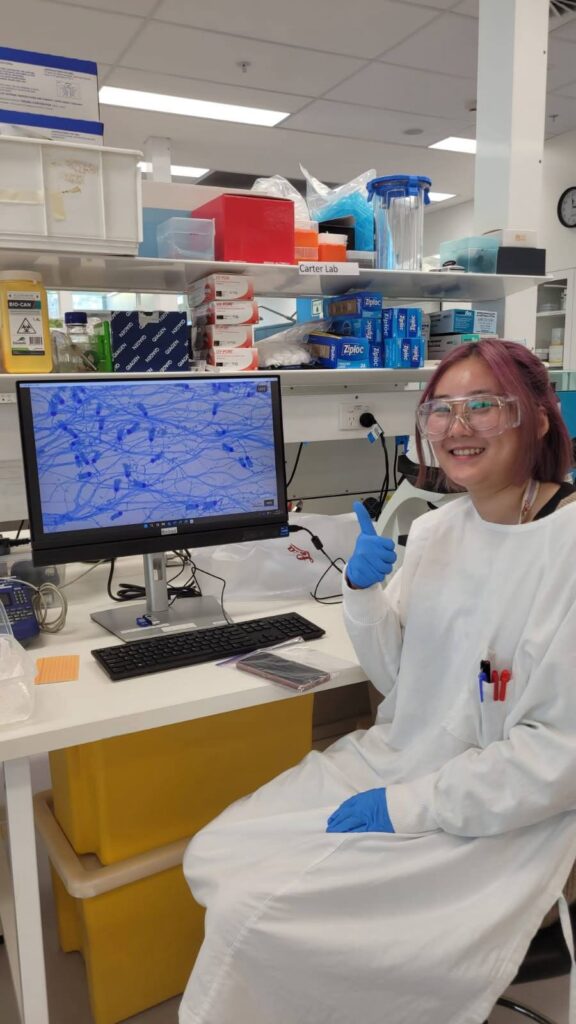
Jasmin Li
Project: The beneficial relationship between fungi and Australian stingless bees
Supervisors: Kenya Fernandes, Ros Gloag, Erin Shanahan
Jasmin’s project investigates the different ways in which Australian native bees interact with fungi and the consequences for bee health.
She completed her Honours project under the supervision of Kenya Fernandes, Ros Gloag and Dee Carter in 2023, where she revealed the antimicrobial properties of propolis and honey of the Australian stingless bee Tetragonula carbonaria.
Email: Jasmin Li
Honours and Undergraduate Students
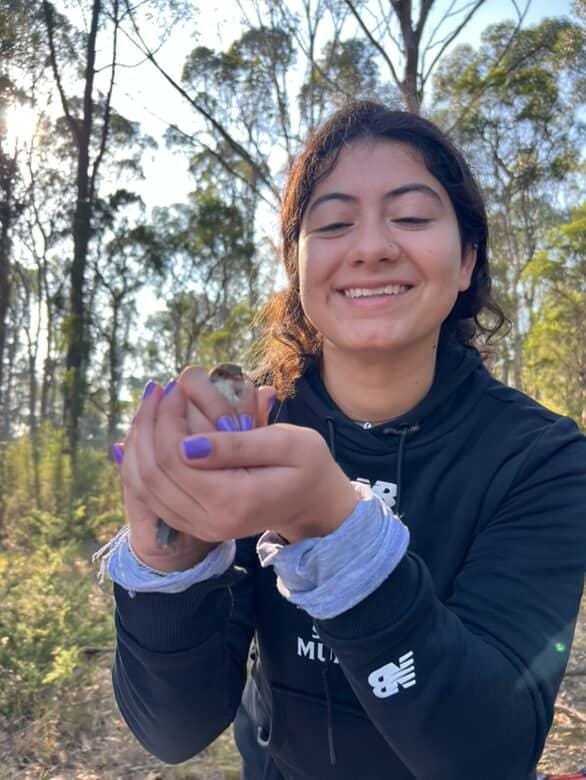
Ana Pantoja
Ana is an undergraduate Honours student under the supervision of Ros Gloag and Kenya Fernandes. She is studying the impacts of mites on the health of colonies of the stingless bee Tetragonula carbonaria.
Email: Ana Pantoja
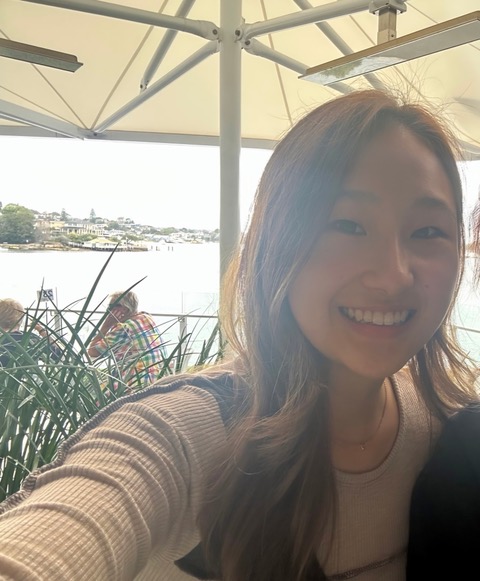
Christine Choi
Christine is an Honours undergraduate student supervised by Emily Remnant, studying the transmission dynamics of Apis Rhabdovirus 1 and 2 from Varroa mites to honey bees.
Email: Christine Choi
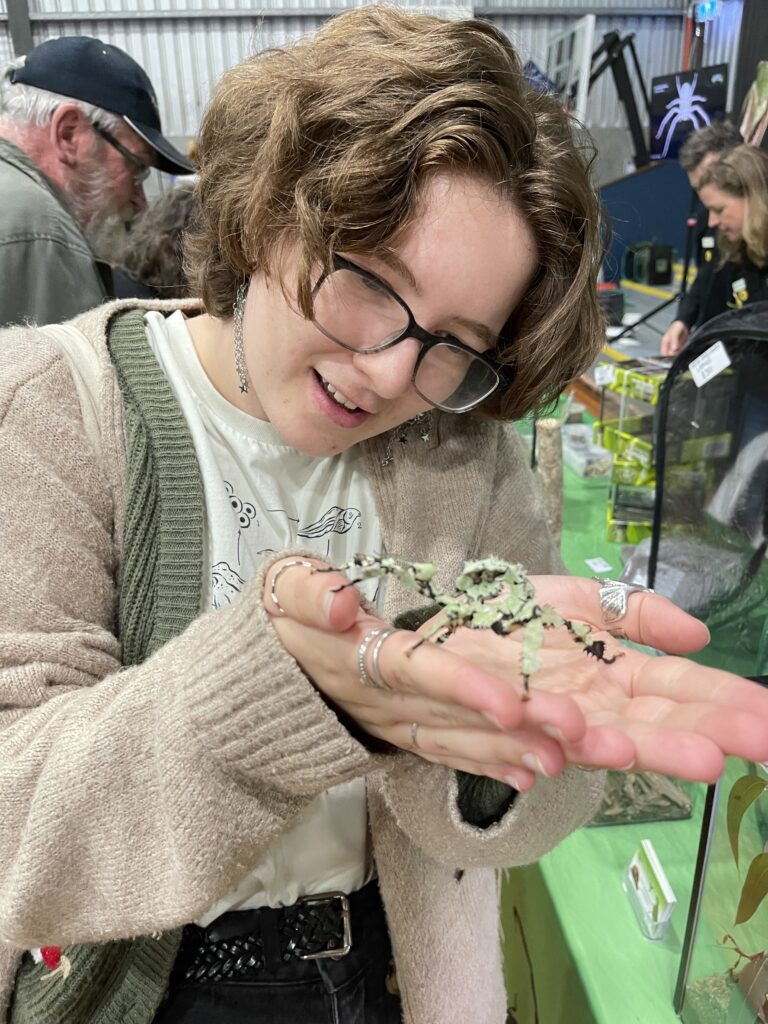
Clare Price
Clare is an Honours undergraduate student supervised by Kenya Fernandes and Ros Gloag, studying the interactions between fungi and the stingless bee brood mites.
Email: Clare Price
Emeritus and Affiliates
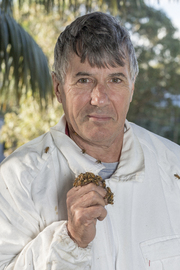
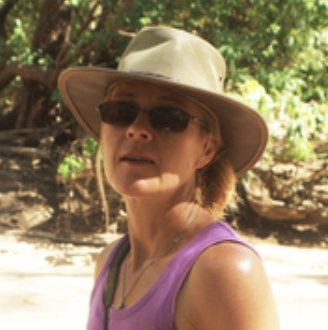
Madeleine Beekman
Professor Emerita
School of Life and Environmental Sciences
Email: Prof Madeleine Beekman
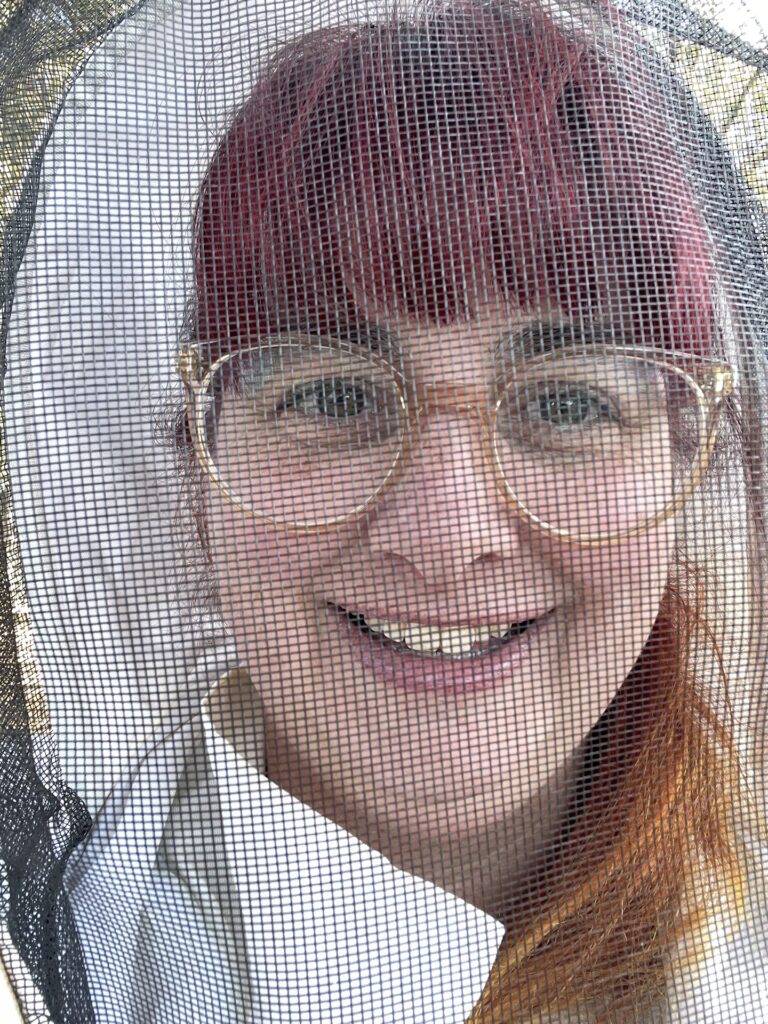
Nadine Chapman
I am passionate about bees and working with the beekeeping industry on applied projects. I co-lead Plan Bee, Australia’s honey bee genetic improvement program, bringing modern animal breeding methods to the beekeeping industry so that we can have healthier more productive bees, which is imperative for a sustainable honey bee industry and the more than 35 industries that depend upon them for pollination. This is particularly the case now that varroa is in Australia. Breeding is an essential part of integrated pest management and a sustainable way forward for resilient beekeeping in the face of varroa. As a keen science communicator I co-lead the extensionAUS Professional Beekeepers Community of Practice and avidly write articles for that website and manage their social media channels.
BEE Lab Alumni
HDR students (since 2020)
- Elizabeth Cansdale, 2024. [Masters]. Beyond parasitism: the viral consequences of Varroa destructor in Australian Apis mellifera colonies.
- Inez Vlasich-Brennan, 2023. [Masters]. Thermal biology of Australian native stingless bees (Tetragonula sp.).
- Thomas Hagan, 2022. [PhD]. Evolution and ecology of invasive honey bees.
- Francisco Garcia Bulle Bueno, 2021. [PhD]. Native bees as alternative crop pollinators: Reproductive behaviour of Tetragonula carbonaria.
- Amanda Norton, 2021. [PhD]. Disentangling the Relationship Between Deformed wing virus, the Honey Bee Host (Apis mellifera) and the Viral Vector, the Ectoparasitic Mite Varroa destructor.
Honours students. See also above for details of Honours students that continued on to graduate projects.
- Charlotte Ling, 2024. Prevalence and behaviour of mites in nests of the stingless bee Tetrgaonula carbonaria.
- Shelley Young, 2024. The Role of Small RNAs in Honey Bee Immune Regulation.
- Rui Shi, 2024. Investigation of the potential development of pesticide resistance in small hive beetles.
- Aran Kathir, 2023. Quantifying the factors affecting Apis mellifera health in Varroa-free NSW apiaries.
- Morgan Kelly, 2022. Viral dynamics in the European honeybee (Apis mellifera) during a novel Varroa incursion.
- Estella Xia, 2022. Queen turnover, nest usurpation and colony mortality in wild nests of the stingless bees Tetragonula carbonaria and Tetragonula hockingsi (paper)
- Malan Bothma, 2022. Investigating the mechanisms underlying the global rise of deformed wing virus, genotype B, in western honey bees (Apis mellifera)
- Grace Paul, 2020. Shifting range in a stingless bee leads to pre-mating reproductive interference between species (paper)
- Louisa Bartels, 2019. Reproductive interference between sister species of Australian stingless bee: Tetragonula carbonaria and Tetragonula hockingsi (paper).
- Melody Sun, 2019. Mitochondrial diversity in invasive populations of the Asian honey bee, Apis cerana (paper)
- Matthew Ludowici, 2018. Olfactory associative learning in the Australian stingless bee, Tetragonula carbonaria (paper)
Mascots

As well as HDR and Honours students, the BEE Lab supports a suite of freshwater creatures. At the centre of this dynamic ecosystem lives our lab mascot, the common yabby (Cherax destructor): Horatio Mysterio Everdeen-Brennan. Horatio lives alongside more than 50 Caridina sp. shrimp (breeding), several unidentified snails, five Pacific blue-eyes (Pseudomugil signifier), and many commensal turbellarian flatworms. He commands the open-plan office with his alluring personality.